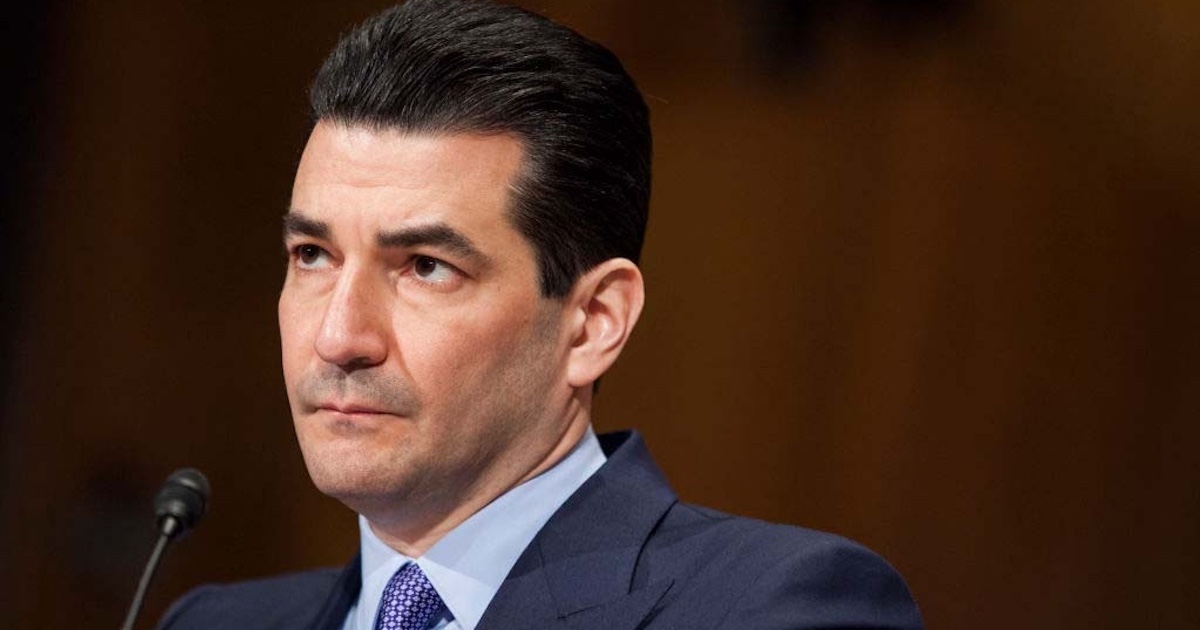/*-->*/
For years, GetWellNetwork has been connecting patients with hospitals through an interactive network tied to the bedside television. But as the healthcare industry shifts gears toward accountable care and the patient-centered medical home, it’s become clear that a patient’s care plan doesn’t end at the hospital’s front door. That plan has to be as mobile as the patient.
That’s where GetWell@Home comes into play.
The latest solution from the Bethesda, Md.-based company looks to extend the patient-hospital relationship “beyond the hospital’s walls,” says company founder and CEO Michael O’Neil. It provides a link to the patient’s post-discharge care plan, ranging from appointments with primary care doctors or specialists to preventative health tips and educational tools to access to medication information and lab results.
“I’d always had it in mind that we were building a platform for the patient’s journey,” O’Neil said.
At the Poudre Valley Health System in Fort Collins, Colo., Chief Nursing Officer Kay Miller says GetWell@Home “is truly the future of how we have contact with patients at home.” The health system, which has been a GetWellNetwork customer since 2007 and is the first to install GetWell@Home, is using the new platform to push education information to discharged patients, thus cutting down on “tons of paperwork” and post-discharge phone calls.
“When patients are discharged, they don’t always leave in the best shape,” says Russ Branzell, the health system’s CIO. “They don’t really have a good grasp on follow-up care. This gives us a bridge.”
Through improved communications with the patient following discharge, Poudre Valley and others using GetWell@Home hope to improve compliance (by eliminating missed prescriptions or follow-up appointments) and reduce complications. Company officials say the new platform enables the patient to stay involved in his or her care; for hospitals, it’s designed to reduce the cost of care per patient and satisfy meaningful use standards set for by the government.
“We’re going to see a decrease in complexities related to post-discharge,” Branzell says.
“There’s clearly an opportunity here to prevent re-admissions,” adds O’Neil.
Michele Perry, GetWellNetwork’s Chief Operations Officer, says GetWell@Home “is better than a thumb-drive” in that it promotes interaction between the patient and the caregiver. By establishing a link after the patient has been discharged, the hospital can follow up with patient satisfaction surveys, scheduling and medication reminders and other tools that further improve the hospital’s standing.
“We have the opportunity to create the paradigm around how physicians communicate,” adds O’Neil, who says physicians can also use the system to check on patient compliance
O’Neil and Perry say GetWellNetwork will look to expand the new platform to take advantage of the push toward more mobile healthcare opportunities. That may mean teaming up with assisted living or elder care facilities, home-based caregivers and retail healthcare and pharmacy chains.
“We think we can have a very tangible impact on how the patient continues (his or her) care plan outside the hospital,” O’Neil says.


